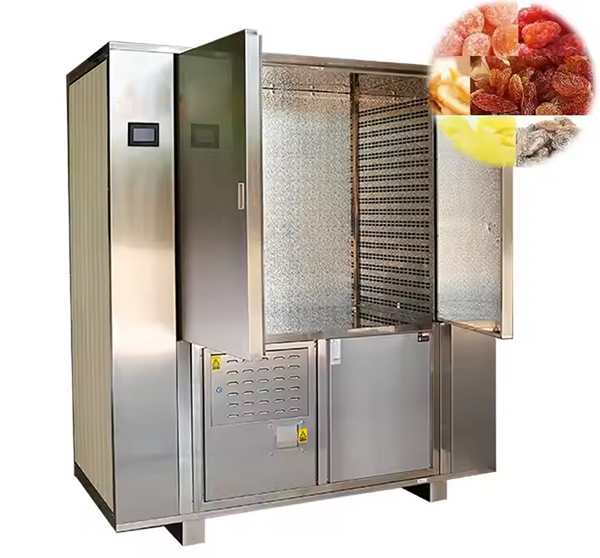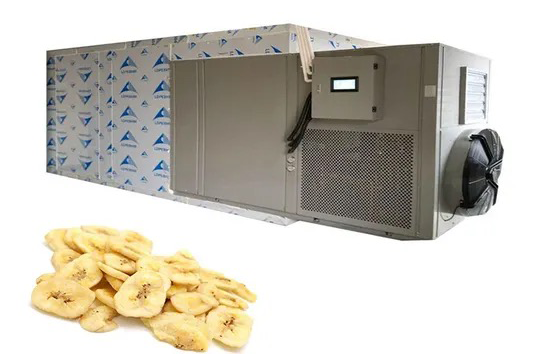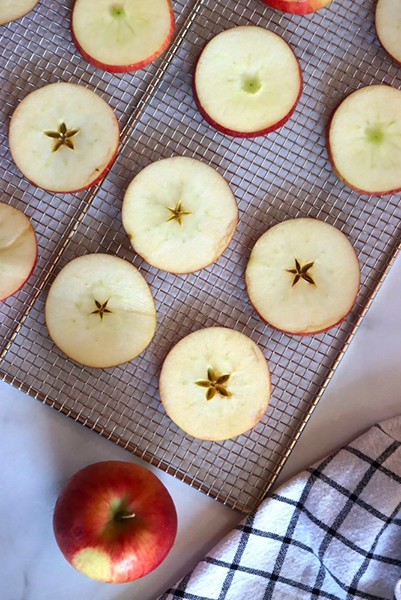
Content Menu
● Introduction to Penetration Type Dryers
>> Operational Principle
● Applications in the Food Industry
>> Case Studies
● Benefits of Penetration Type Dryers
● Maintenance and Future Developments
>> Integration of Smart Technologies
● Installation and Setup
● Safety Considerations
● Conclusion
● FAQs
>> 1. What is the typical capacity of penetration type dryer machines?
>> 2. How energy-efficient are penetration type dryers compared to traditional dryers?
>> 3. What types of food products are suitable for penetration type dryers?
>> 4. Can penetration type dryers be customized for specific drying needs?
>> 5. How do penetration type dryers contribute to environmental sustainability?
● Citations:
Penetration type dryers have revolutionized the food drying industry with their innovative design and energy efficiency. These machines are specifically designed to handle products that can be stacked, offering capacities ranging from 300 to 10 tons, making them ideal for large-scale industrial applications. In this article, we will delve into the technical aspects of penetration type dryers, exploring how they work, their benefits, and their applications in the food industry.

Introduction to Penetration Type Dryers
Penetration type dryers utilize a patented half-vacuum air duct design, which allows hot air to penetrate evenly through stacked products. This design ensures uniform drying across all layers, even when products are densely packed. The adjustable temperature settings, ranging from 18°C to 80°C, enable hot drying, cool drying, and dehumidification functions, making these machines versatile for various food products.
Key Features:
- Energy Efficiency: These dryers use only about 25% of the electricity required by traditional dryers, significantly reducing operational costs and environmental impact.
- Uniform Drying: The half-vacuum system ensures that air penetrates evenly through stacked products, resulting in consistent moisture removal across all layers.
- Temperature Control: Adjustable temperature settings allow for precise control over the drying process, suitable for a wide range of food products.
Operational Principle
The operational principle involves circulating hot air through the stacked products from the bottom to the top. This ensures that all layers of the product are exposed to the drying medium, resulting in uniform moisture removal.
Applications in the Food Industry
Penetration type dryers are widely used in the food industry for drying various products such as nuts, spices, seeds, coffee beans, and cocoa beans. The adjustable temperature settings allow for preserving the flavor and aroma of these products, ensuring higher quality dried goods.
Case Studies
1. Coffee Bean Manufacturer: A leading coffee bean manufacturer in South America saw a significant reduction in energy costs and improved consistency in the quality of their dried beans after switching to penetration type dryers.
2. Spice Manufacturer: A spice manufacturer utilized penetration type dryers to dry a variety of spices, preserving delicate flavors and aromas, resulting in higher quality products.
3. Nut Processing Facility: A nut processing facility in Asia reported increased productivity and reduced drying time by using penetration type dryers, which allowed them to meet higher demand during peak seasons.
Benefits of Penetration Type Dryers
1. Cost Savings: The energy efficiency of these machines leads to significant cost savings, allowing businesses to reduce operational expenses.
2. Environmental Sustainability: Lower energy usage means less carbon footprint, aligning with global efforts to reduce greenhouse gas emissions.
3. Versatility: Adjustable temperature and humidity control features ensure that different products can be dried under optimal conditions.
4. Space Efficiency: These dryers are designed to be compact, allowing for efficient use of space in production facilities.
5. Long-Term Durability: With proper maintenance, penetration type dryers can last longer than traditional drying systems, reducing the need for frequent replacements.

Maintenance and Future Developments
Penetration type dryers are designed with ease of maintenance in mind. Regular cleaning of the air ducts and checking for any blockages in the system are essential to maintain efficiency. Future developments are expected to focus on integrating smart technologies and renewable energy sources into drying systems, further enhancing efficiency and environmental friendliness.
Integration of Smart Technologies
The integration of smart technologies, such as IoT sensors and AI algorithms, can enhance the performance of penetration type dryers by:
- Real-time Monitoring: Continuous monitoring of temperature, humidity, and airflow ensures optimal drying conditions.
- Predictive Maintenance: Advanced sensors can predict when maintenance is needed, reducing downtime and extending the lifespan of the equipment.
- Energy Optimization: AI can optimize energy consumption based on real-time data, further reducing operational costs.
Installation and Setup
Setting up a penetration type dryer is a straightforward process when you follow the right steps and safety guidelines. These dryers offer efficient and cost-effective solutions for food drying, making them an essential tool in the food processing industry. With customization options and regular maintenance, you can optimize their performance and extend their lifespan.
Safety Considerations
Safety is paramount when operating any industrial equipment. Here are some safety considerations for penetration type dryers:
- Electrical Safety: Ensure all electrical connections are secure and meet safety standards.
- Thermal Safety: Regularly inspect the heating elements to prevent overheating.
- Ventilation: Ensure proper ventilation in the drying area to prevent moisture buildup.
Conclusion
Penetration type dryers have become a crucial component in the food drying industry due to their energy efficiency, uniform drying capabilities, and versatility. By understanding how these machines operate and their benefits, businesses can optimize their drying processes, reduce costs, and contribute to environmental sustainability.

FAQs
1. What is the typical capacity of penetration type dryer machines?
Penetration type dryer machines typically have capacities ranging from 300 to 10 tons, making them suitable for both small-scale and large-scale food drying operations.
2. How energy-efficient are penetration type dryers compared to traditional dryers?
Penetration type dryers are highly energy-efficient, using only about 25% of the electricity required by traditional dryers. This significantly reduces operational costs and environmental impact.
3. What types of food products are suitable for penetration type dryers?
These dryers are ideal for drying nuts, spices, seeds, beans, coffee beans, and other similar products that can be stacked together.
4. Can penetration type dryers be customized for specific drying needs?
Yes, these dryers can be customized to meet specific drying requirements for different types of food products. This includes adjusting temperature and airflow settings.
5. How do penetration type dryers contribute to environmental sustainability?
The reduced energy consumption of these machines contributes to environmental sustainability by minimizing carbon footprint and aligning with global efforts to reduce greenhouse gas emissions.
Citations:
[1] https://www.dryeratech.com/how-does-a-penetration-type-dryer-work-a-technical-overview.html
[2] https://www.dryeratech.com/how-to-optimize-your-drying-process-with-a-penetration-type-dryer.html
[3] https://www.dryeratech.com/key-features-of-penetration-type-dryer-machines-explained.html
[4] https://unimac.com/international/zh-hans/
[5] https://www.dryeratech.com/penetration-type-dryer-machine.html
[6] https://www.dryeratech.com/installation-made-easy-setting-up-your-penetration-type-dryer.html
[7] https://www.youtube.com/watch?v=NF1kzeHoQ6w
[8] https://patents.google.com/patent/CN1745392A/zh











